There are several reasons why submarines have to resurface. Diesel submarines need to come to the surface to recharge their batteries and get a fresh supply of atmospheric oxygen. Nuclear submarines need to resurface to communicate with their home base and to get fresh supplies. Maintenance is also a reason why submarines need to resurface. Finally, human beings need to socialize and be in contact with the outside world, so submarines need to resurface to allow the crew to rotate.
Submarines are tremendous maritime machines – they dive underwater and stay there for extended periods of time, conducting military operations or other forms of underwater research. The biggest advantage they offer, especially in the militaristic context, is that they can hide themselves beneath the water, away from the suspecting eyes of the enemy. In fact, that’s the biggest reason why they were first used in the world wars by the German Navy to wreak havoc on the Allied vessels.
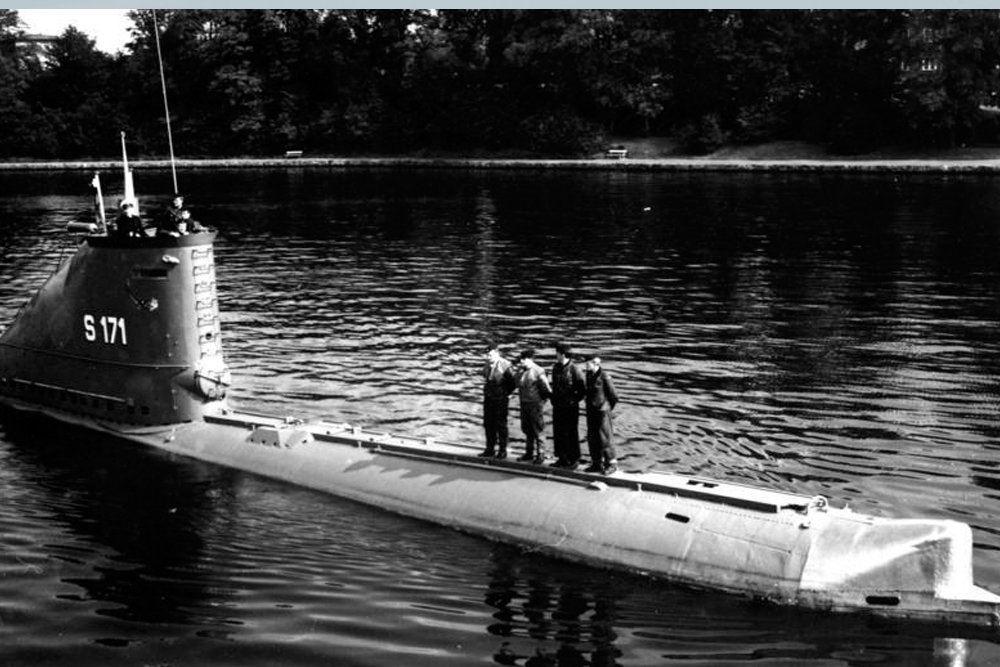
However, the moment a submarine resurfaces, i.e., appears on the surface of water, it becomes a much easier target for the powerful guns and canons of enemy attacker and destroyer ships. That’s why its often said that if you are able to successfully force a submarine to resurface, you’ve already won half the battle.
That being said, if appearing on the water’s surface is so dangerous for a submarine and its crew, why does it have to resurface at all? I mean, what keeps a submarine from staying submerged for an indefinite period of time? Can’t it stay underwater for the entire duration of a mission?
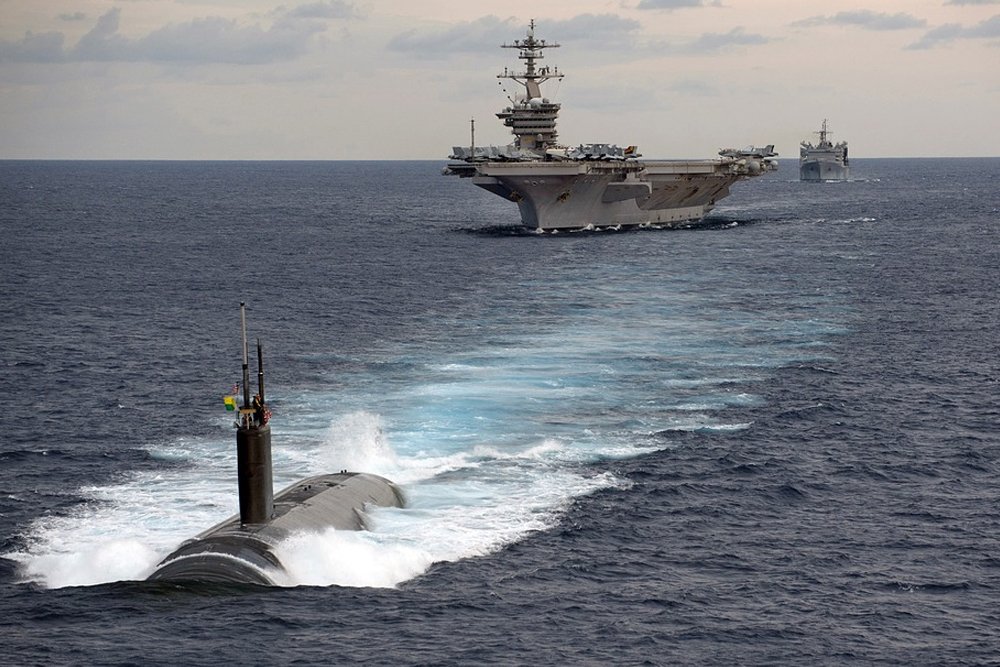
To understand the answer to this question, it helps if you generally know a thing or two about submarines.
Submarines can be categorized into two types based on the kind of engine they run on: diesel-electric or nuclear.
Submarines that run on diesel electric engines are casually referred to as diesel-engine submarines or simply diesel subs. Similarly, submarines that use power generated by a nuclear reactor onboard are called nuclear-powered submarines, or simply, nuclear subs.
Irrespective of their type, submarines usually surface periodically, but the reasons for doing so differ in both cases.
Why Do Diesel Submarines Have To Resurface?
Diesel engines generate power through the process of internal combustion (the word ‘internal’ simply indicates that the diesel is burnt inside the main part of the engine). Note that internal combustion engines are different from external combustion engines.
Now, you might recall from your high school science class that combustion is simply the process of burning something in the presence of oxygen. The ‘presence of oxygen’ is very important here, especially in the case of large metallic vessels operating underwater, away from a direct and fresh supply of oxygen.
Also Read: What Makes A Submarine Implode?
Recharging The Batteries Of Diesel Submarines
As the name suggests, a diesel submarine runs on a diesel engine, which means that it must come up to the surface (or at least periscope depth). Periscopes on submarines may be as tall as 18 meters (around 60 feet). When a sub is submerged to a depth that is equal to the height of the periscope, the sub is said to be at periscope depth.
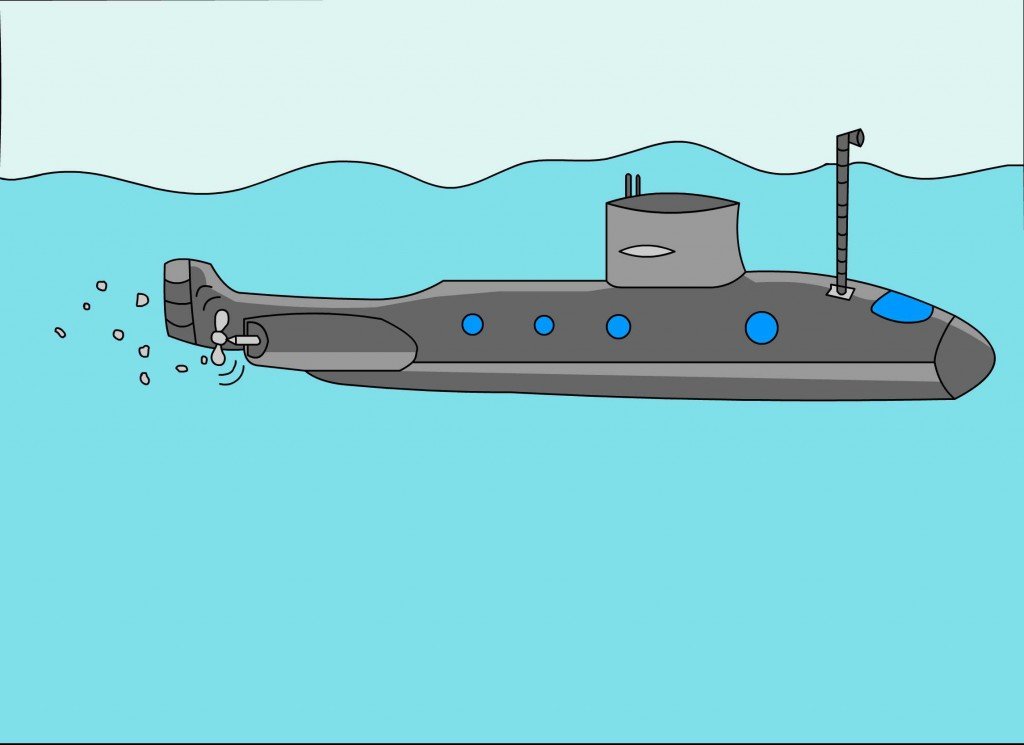
A submarine comes to the surface once every few days (or even more frequently than that), not only to get a fresh supply of atmospheric oxygen from above the water’s surface, but also to dispose of the waste gases that it produces onboard.
Also Read: How Does A Submarine Dive, Resurface And Navigate Underwater?
Snorkel
There’s a device known as the snorkel (the British call it the ‘snort’), which lets subs operate submerged while still taking in air from above the surface. Once the sub comes to the surface, its diesel engines run and produce power, which is used to recharge the batteries that ultimately run the sub.
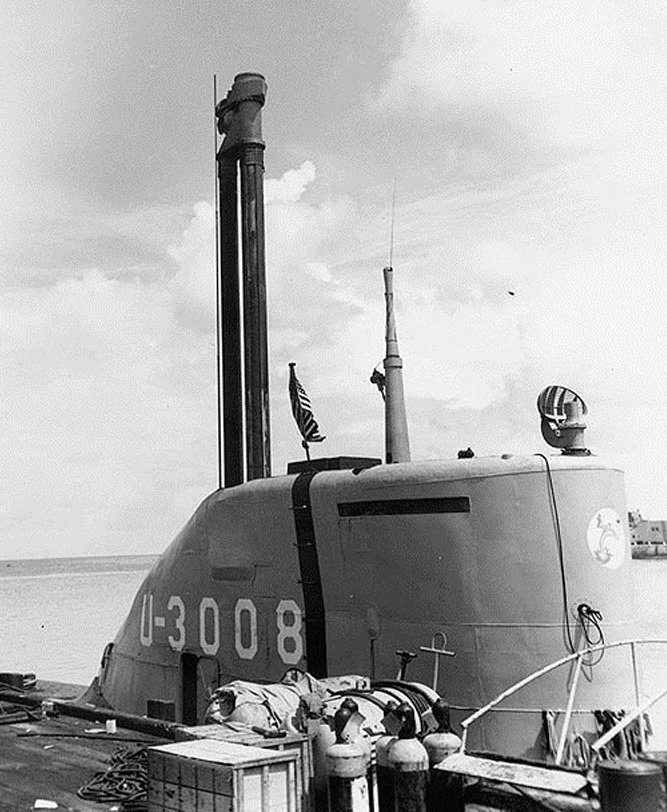
Nuclear subs, on the other hand, rely on the power generated by the nuclear reactor onboard. The reactor generates enough power to run all electronic and electrical systems onboard, in addition to the life support systems of the crew. Therefore, unlike diesel subs, nuclear subs can go for days, or even weeks on end without surfacing a single time. In fact, theoretically, a nuclear reactor onboard a submarine produces enough power to run the sub for a couple decades!
Also Read: How Do People Get Oxygen And Drinking Water Inside A Submarine?
Communications
Radio signals don’t travel well deep underwater, particularly at the depths at which submarines usually operate during a mission. Therefore, both nuclear and diesel submarines must resurface in order to communicate with their home base, and receive orders and/or convey vital information.
Rations And Supplies
A nuclear submarine can stay and operate underwater for a couple decades, so long as it’s adequately stocked with enough supplies and ration for its onboard crew to survive that long.

Obviously, that’s nowhere near the realm of possibility, so submarines must resurface to load fresh supplies (from another vessel) and carry on, especially if it’s a long mission.
Also Read: How Dangerous Is It To Iose A Nuclear Submarine At Sea?
Maintenance
Howsoever sturdy and robust it may be, a submarine, at the end of the day, is still just a machine. It has a number of systems of different types – electrical, mechanical, electronic, hydraulic etc. – that make it work underwater. At times, some of these systems have problems that the onboard crew cannot fix on the go. If any of these problems are critical, the captain usually orders the resurfacing of the sub so that essential repairs can be made.
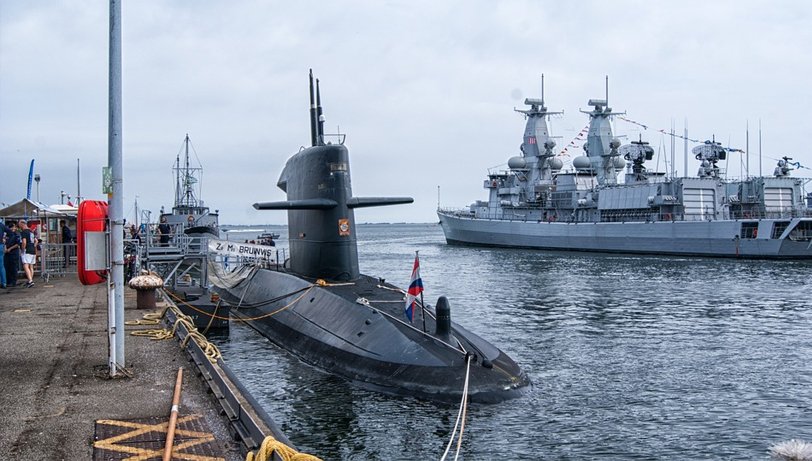
The ‘Human’ Angle
Let’s not forget that a submarine is a manned vessel, i.e., it’s run by human beings. Sometimes a member of the crew gets injured or falls ill, and requires proper medical attention. There could also be some other sort of human emergency that calls for an unplanned resurfacing of the sub.
In addition to that, human beings are social animals. They have to have a ‘social life’, i.e., they have to talk to friends, meet people, visit places, eat different kinds of food, binge watch TV shows, play video games, go out for a walk, take a long drive and do plenty of other stuff to maintain their sanity.

To make sure that the crew doesn’t go crazy as a result of staying inside a metal tube for weeks on end, completely detached from family, friends and the rest of the world, submarine missions are planned in such a way that the crew keeps ‘rotating’, meaning that no single crew must bear the burden of staying underwater for ‘too long’. To make that happen, submarines have to resurface so that the existing crew can debark as a fresh crew boards the sub for the next leg of the ongoing mission.
How well do you understand the article above!

